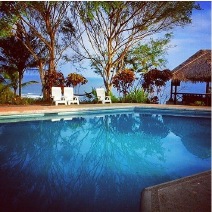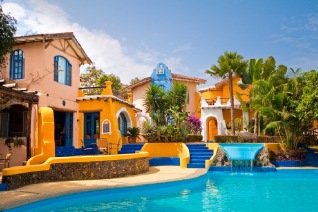What makes this trip special?
Birding by salt pools
Ecusal salt pools
Remnant deciduous & semi-humid forest
Ayampe River
Pelagic zone
Isla de la Plata
Humid & dry forest
Machalilla National Park
Itinerary
-
- Day Overnight
-
1
Cerro Blanco
-
2
Puerto Lopez
-
3
Puerto Lopez
-
3
Isla de la Plata
-
4
Puerto Lopez
-
5
Puerto Lopez
-
6
Guayaquil
-
- For the detail of each day click the ‘Day-by-day’ tab above.
Day-by-day itinerary for 'Birds of the Pacific Coast'
Machalilla NP: humid forest and dry forest
Guide prices for 'Birds of the Pacific Coast'
| options |
based on |
all year |
low season |
mid season |
high season |
peak season |
other season |
| guide price (with regular driver) |
2 people sharing |
£call |
|
|
|
|
|
| guide price (with bird guide) |
2 people sharing |
£call |
|
|
|
|
|
Prices are per person and include:
- all travel in Ecuador
- all accommodation
- meals as indicated B=breakfast, L=lunch, D=dinner
Prices do not include:
- international flights
- travel insurance
- airport and departure taxes
- items of a personal nature such as drinks, tips, laundry, etc
- any optional excursions you may buy locally
Customer reviews for
'Birds of the Pacific Coast'
Recent reviews are shown here from holidays based on this initial design. In each case the itinerary may have been modified
(a little or a lot) to suit the individual traveller.
Seasonal information for 'Birds of the Pacific Coast'
Hotels for 'Birds of the Pacific Coast'
Day 1
Atamari
Ayampe
Hotel Atamari offers spacious well appointed cabins set around a cliff-skirted promontory, with wonderful views for whale-watchers and sunset-gazers. There is a good sized swimming pool and a steep rocky path descends to a secluded beach at Ayampe. Additional facilities include two restaurants (one interior with capacity for 30 people and another outside with capacity for 60 people), bar with terrace and viewpoint, two convention rooms. There is a good chance of seeing whales from June-September.

Pool area
Days 2 - 5
Mantaraya
Pacific Coast Machalilla National Park
Average rating 5.0 (1 ratings)
Situated in the Machalilla National Park, 15 minutes from Puerto Lopez, Mantaraya Lodge is a Mediteranean style bulilding with 15 rooms with private bathroom, all with either a balcony or a terrace. The hotel has an unheated swimming pool, restaurant serving local and international food and internet connection. There are a number of activities available to guests.

Pool area